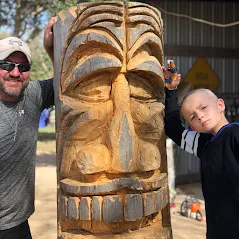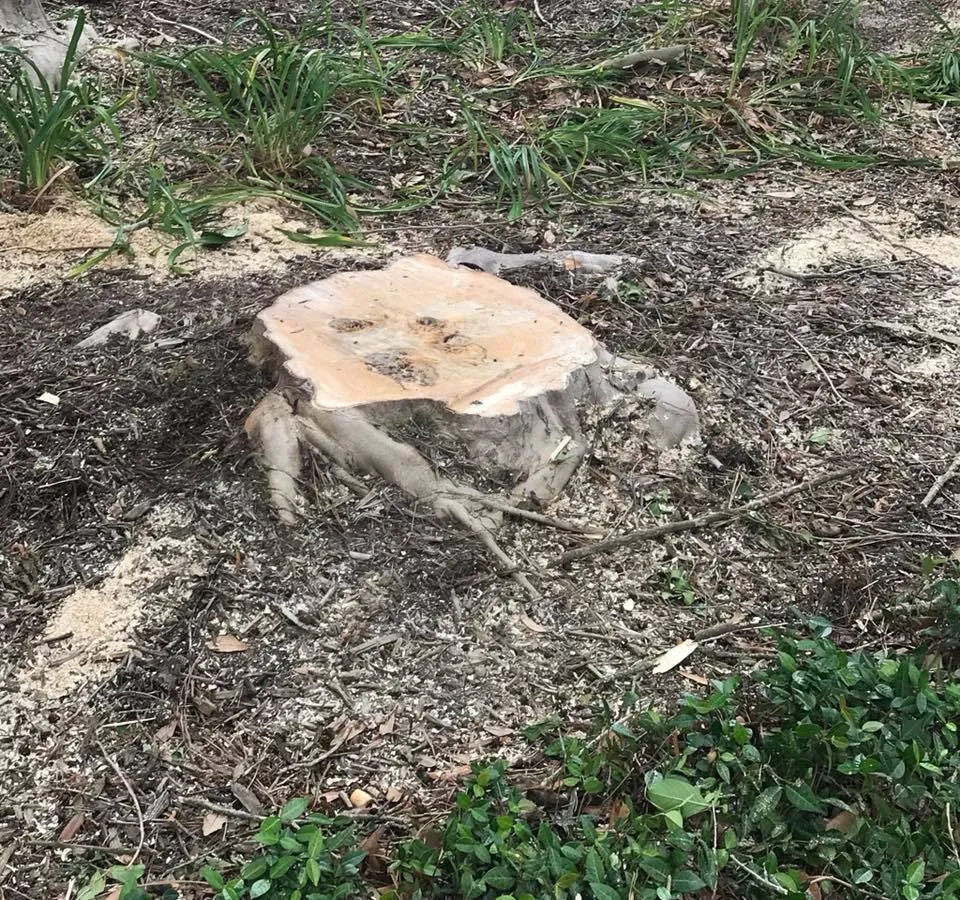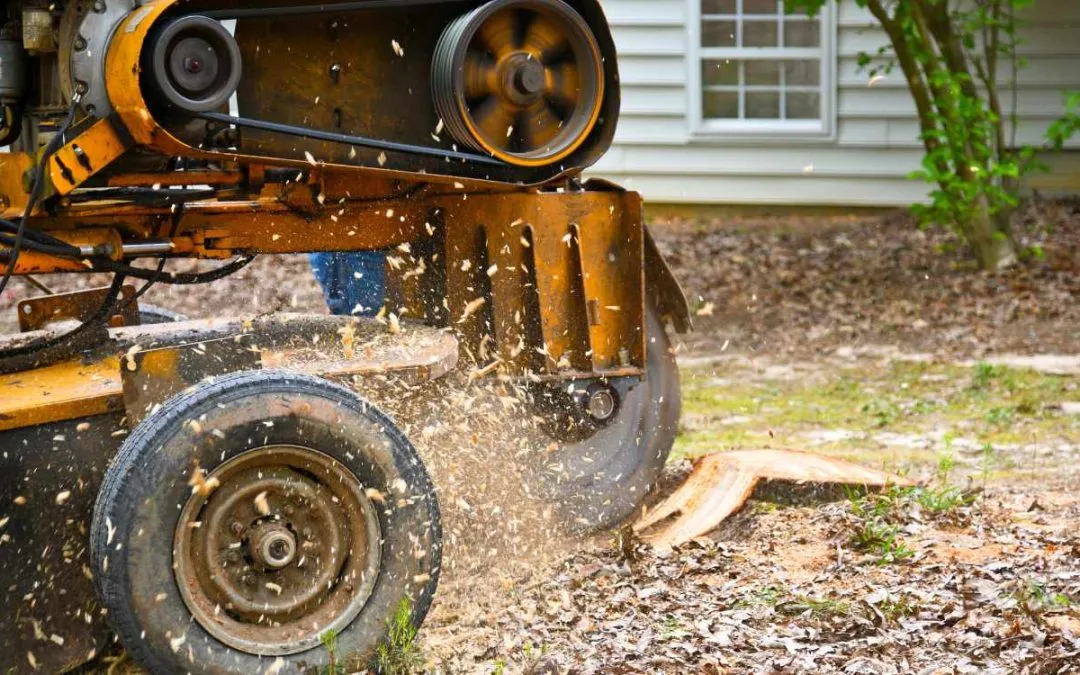In the realm of arboriculture, the act of cutting down a tree is a significant decision that goes beyond the visible aspects of the tree itself. Felling, aka cutting down a tree, causes its complex and intricate root system to undergo a series of transformations that have far-reaching ecological implications. In this article, we’ll delve deep into the captivating journey of tree roots and remaining stumps after a tree is removed or cut down down and unravel the hidden consequences.
At Cody’s Tree Service, Inc. we are committed to the preservation of trees and honoring their important role in our ecosystem. If you need tree service in Katy, Houston, Cypress, Fulshear, or Richmond, call (281) 391-3450 or email us.
Tree Roots: Stability & Sustenance
Tree roots perform many roles beneath the soil’s surface. Roots anchor trees into the ground, providing a stable base that protects them from uprooting during high winds or from high impact.
Additionally, these roots serve as conduits for water and nutrients, nourishing the tree by absorbing water from surrounding soil. The symbiotic relationship between roots and the surrounding ecosystem is nothing short of awe-inspiring.
The Immediate Aftermath of Cutting Down a Tree
When a tree is cut down, an intricate process of change is set into motion beneath the ground. The sudden cessation of water and nutrient flow from the canopy triggers a response in the root system.
Gradually, the roots start to retract and shrink, withdrawing from the outer edges of their former territory. This withdrawal is a survival mechanism – a way for the tree to conserve energy in the absence of its photosynthetic capabilities.
Rotting Stumps & Roots
As the tree roots retract, they leave behind a network of abandoned pathways deep within the soil. These abandoned roots begin to decompose over time, serving as a source of organic matter that enriches the soil. This process contributes to the cycling of nutrients in your soil, fostering a dynamic environment that supports the growth of new vegetation.
However, there is a darker side to the circle of life. Rotting tree stumps and roots underground attract termites, fungus, beetles, carpenter ants, and carpenter bees.
Transforming Stumps into Artwork
On the bright side, a tree stump can be carved into a decorative piece of art by our chainsaw carver. Once the piece is complete, we can seal the artwork to preserve and protect it from unwanted pests and treat the underground stump with boric acid.

Ecosystem Resilience and Succession
The aftermath of tree cutting sets the stage for ecological succession, a natural process where new plant species gradually replace the original inhabitants. The retracted root channels create pockets of loose soil that act as ideal germination sites for seeds of various plants.
These seeds, often lying dormant for years, seize the opportunity to sprout and flourish in the enriched soil. Over time, the ecosystem transforms, adapting to the changes brought about by the absence of the towering tree.
Mitigating Negative Impact through Replanting
While the ecosystem adapts to the changes caused by cutting down a tree, human intervention can help by replanting another tree six to eight feet away in a suitable area to offset the effects of cutting down the diseased or nuisance tree. Alternatively but not ideally, the tree stump can be ground down into the earth six feet, wood chips removed replaced with rich soil, and another tree can be planted in its place. However, extra care must be given to ensure sufficient stump grinding and wood chip removal.
Strategic tree replanting initiatives can help accelerate the restoration of the ecosystem’s original balance. By reintroducing carefully chosen tree species, we can jumpstart the process of stabilizing soil, promoting biodiversity, and reinstating critical wildlife habitats.
Tree Stump FAQs
You should not plant a tree in the same place you cut down another one for at least 2 years, allowing the stump and roots to fully decompose. Ideally you should plant new trees at least 6 to 8 feet from any remaining stumps or roots in the ground.
If you have to replace a tree in the same place as the old one, you have to remember to remove all of the ground up stump chips so they don’t burn the roots of the new tree. This saw dust will eventually become soil, but not for a long time and it will kill the young tree. Once the stump is ground 6 feet down, the hole should be filled with nutrient rich soil and watered for a few weeks allowing the soil to settle before preparing to plant the new tree. Once the tree is planted, proper mulching should be installed around the tree, leaving a “moat” area if at least one foot around the base.
After a tree is cut down it has the potential to re-sprout. However, the tree is likely to develop fungal growth or other diseased because of the unseen decay process occurring underground. Another downside of a tree regrowing from a stump is that it can grow in unwanted directions, becoming a nuisance.
Willows, elms, cottonwoods, apple, sassafras, pear, sumac, cherry, guava, persimmon, honey locust, aspens, poplars, crepe myrtles, and ash trees are all fast growing tree species that can sprout from underground roots. However, all hardwood trees have the potential to produce root suckers that sprout from beneath the soil.

